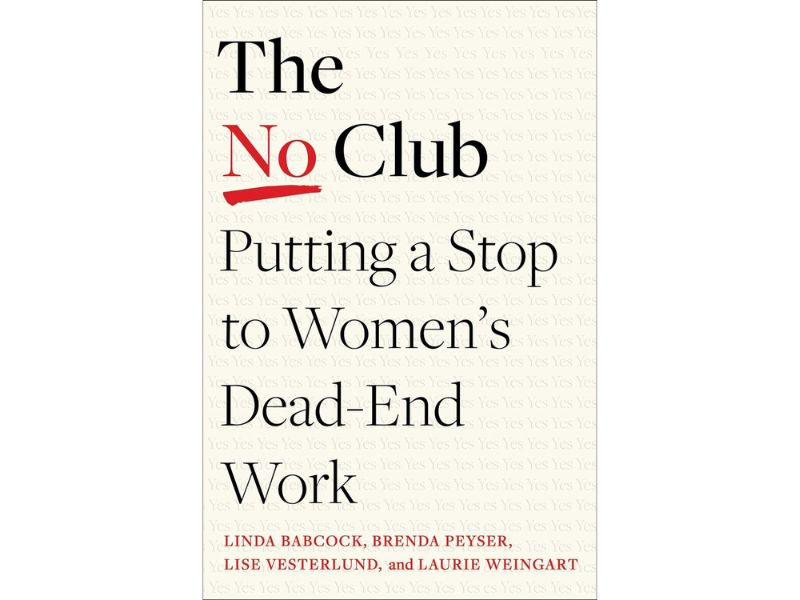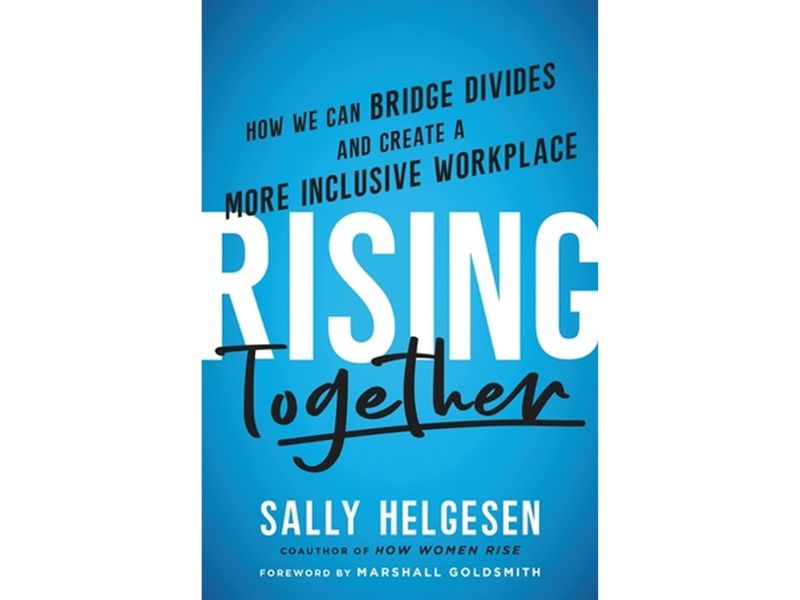With the growing publicity and outrage around the lack of diversity and inclusion in British workplaces, business owners concerned about brand perceptions and potential PR blunders (Starbucks anyone?), should instead consider how increased representation in their workforce can actually have a positive impact on profitability.
The main points of contention at the upcoming Diversity in Technology event range from whether quotas can bring about real diversity to the challenges of building accessible products without diverse development teams. Fortunately, as the female co-founder of IT development consultancy Aspiring Panda, these are not barriers I’ve faced in business as diversity and inclusion has always been at the heart of our brand.
My previous career at a global consulting firm was in stark contrast to my own business; when joining the firm in the Eighties I was the only Indian woman in a mostly white male office. It wasn’t until almost two decades later that more women and ethnic minorities began to arrive so one can imagine the challenges faced during those early years.
One particular moment still stays with me to this day. During a performance review with my white male mentor, I was hoping to discuss a promotion as I felt ready for the career progression. He advised me as an Indian woman to ‘listen to my mother and settle down,’ instead of concerning myself with silly promotions. Being young and naïve I laughed it off, knowing deep down that as his subordinate I couldn’t question him. Since I wasn’t much of the fighting type, I usually kept my head down and got on with the job at hand; I refused to let things slip and give anyone the ammunition to use my race or gender as a factor against me. I wanted to let my work speak for itself but it was frustrating to see myself progressing in that environment when there was already such a fixed view of me as an Indian woman.
Facing this type of insidious discrimination personally, as an Indian woman, gave me the insight to ensure that my own employees don’t suffer in the same way. The result of which was unexpected; the rich diversity of our customers reflecting our staff.
I do accept that many multinational corporations are sorely lacking when it comes to workplace diversity and are now desperately scrambling to implement tokenistic workplace schemes in a feeble box ticking exercise. However, my experience as an Indian business owner with 25 years in the corporate sector has actually indicated that diversity can and does improve the quality of services, products and ultimately sales.
A study from global consultancy firm McKinsey in 2015 highlighted that gender diverse companies are 15% more likely to financially outperform their national industry medians, with ethnically diverse companies 35% more likely. Furthermore a London Stock Exchange study revealed 1,279 female-led businesses have contributed a total of £25.9 billion in revenue to the UK economy- definitive evidence that having women in leadership positions can in fact have a positive impact on sales.
Certainly for the team at Aspiring Panda, having a diverse workforce enables each employee to bring their unique experiences and skills to the business. This richness of experiences can usually lead to greater innovation and growth as well as improved creative outputs. The benefit of having a diverse workforce on an app development project is that we are better equipped to look at the product holistically from multiple perspectives, where clients may be blind-sided. This adds value to the product and ensures clients are more likely to work with us hence improving customer lifetime value and ultimately profitability.
Having these shared experiences means we can not only continue to effectively grow our business, but also gives us the tools to reach a broader range of clients who share similar cultural backgrounds and helps us secure repeat custom. Management lead by example so staff learn how to treat clients with the utmost respect as they would each other. Subsequently by nurturing our team and building an inclusive workplace culture, we have organically improved our bottom line just by having that human touch in everything we do.
For us as a company, true inclusion has to begin with more empathetic recruitment practices. Much like the research suggests hiring candidates from a diverse pool ensures employees are more engaged and subsequently less likely to leave the company. This saves on costly and time-consuming recruitment processes as inclusive workplaces appear to have lower staff turnovers.
Needless to say, diversity is not just limited to race and gender, it also covers disabilities. We recently hired a candidate with hearing difficulties and frequently asked how we could support his growth in areas where he felt his disability could hinder him. By doing so, his confidence to assist on key projects and pitches which are more client-facing has vastly improved and this has given him increased job satisfaction.
By having a real willingness to learn about the rich differences of all our staff from the moment we hire them, we naturally have a more productive and happier team. This general curiosity about our employees as human beings and our openness as leaders also trickles down to our staff and helps foster a harmonious team culture.
So whilst more and more companies look for practical ways to address diversity in the workplace, Aspiring Panda is very proud of its inclusive culture that encourages productivity amongst employees and subsequently drives profitability amongst clients. Having diversity and inclusion at the heart of your business can only be a fundamental strength as the breadth of experiences and differences, whether its gender, race or disability will always lend itself to empathy and understanding with clients from either new or current markets and lead to greater business success.
 About the author
About the author
Jas Panesar is the co-founder of Aspiring Panda, an IT development consultancy creating solutions for growing businesses and FTSE 100 companies. Jas currently serves as the company’s Chief Operating Officer. Her career in the corporate world spanned 25 years and she rose through the ranks to become a Principal Consultant at a large multinational consultancy before venturing off to found Aspiring Panda.









